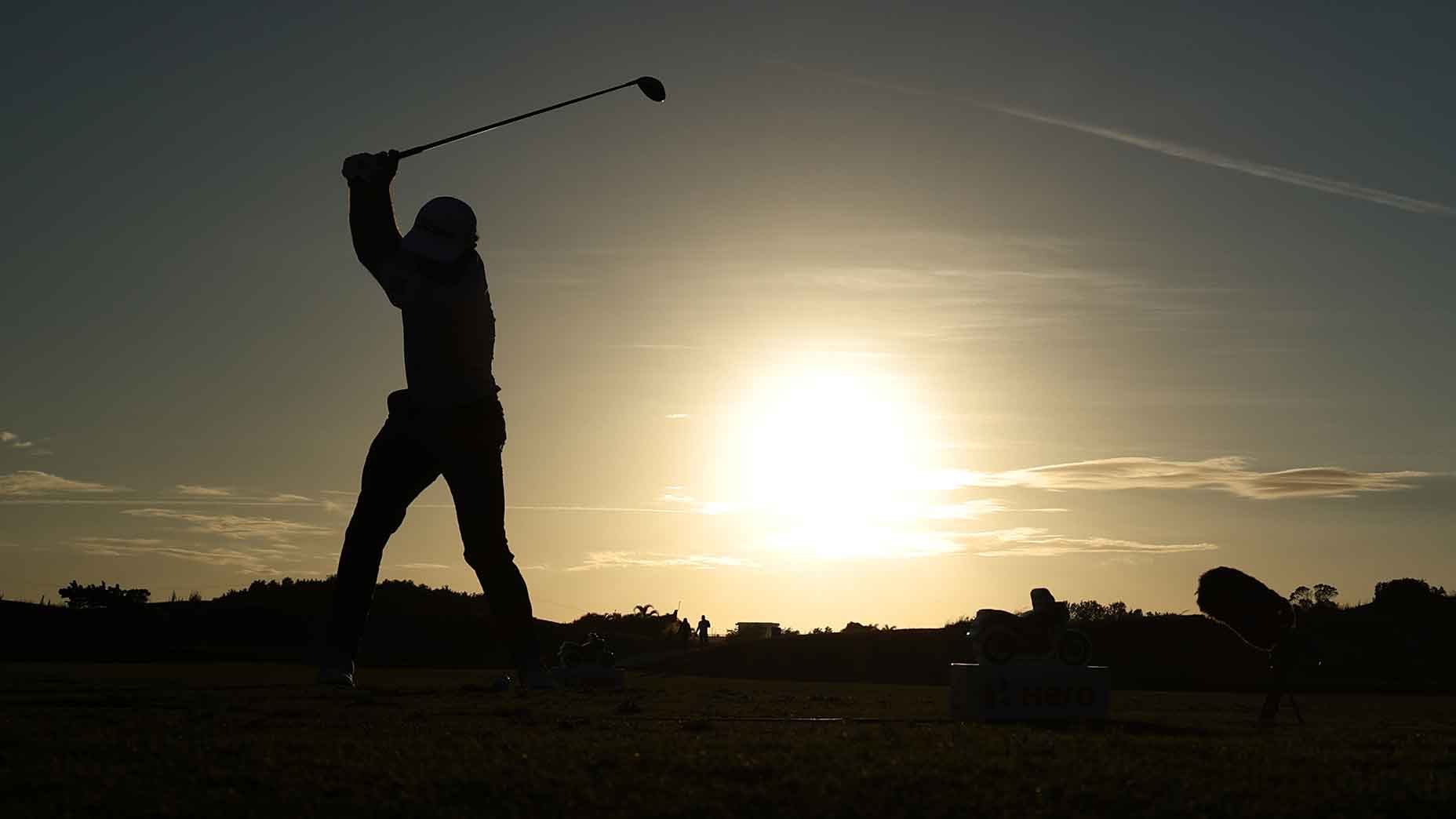 The best thing I used in 2025 was a single, simple image
The best thing I used in 2025 was a single, simple image
Check the weather! Here’s how atmospheric conditions affect ball flight
Andrew Rice is a GOLF Top 100 Teacher.
Golf is an outdoor game. It’s played in the elements. Courses are situated at both altitude and at sea level. These facts beg the question: How do these atmospheric conditions affect ball flight? Parts of the answer are intuitive. Others, as I’ve recently found while taking part in a year-long (and ongoing) study with Trackman, are sublime. My role in this research? Taking the Trackman system to as many different courses and climes as possible and recording swings under a massive variety of playing conditions.
We lugged the machines to dozens of Tour events on both sides of the Mississippi, to the WGC event in Mexico City (more than 7,000 feet above sea level) and all the way to Calamity Corner, the par-3 14th at Royal Portrush outside Belfast, host of this year’s Open Championship. The results of the study show that air temperature has a huge effect on ball flight. Given a ball speed of 155 mph and optimal launch, a driver will carry the ball 2.5 yards shorter (or longer) per every 10-degree swing on the thermometer. Here’s more: Per every 1,000 feet of elevation change, expect to carry the ball an extra 4.5 yards. Crunching the numbers, a drive that travels 250 yards at sea level in 70-degree weather flies 270 yards at 7,000 feet above sea level on a 90-degree day. Talk about effortless power!
Even more fascinating are our findings on shots hit into a headwind and or with a tailwind—and it’s not just Mother Nature playing games. We found that golfers tend to subconsciously adapt in breezy conditions, swinging up to 2 mph slower when facing a headwind compared to when it’s gusting against their backs. For Tour players, a drive that carries 300 yards in calm conditions will carry 259 yards when hit into a direct 20 mph headwind, and with a 20 mph tailwind the ball carries 333 yards. That’s a 74-yard swing! Atmospheric conditions are real, and while most recreational golfers are mostly concerned with putting a good swing on the ball, that good swing may lead to trouble if you don’t consider the conditions around you.

ADVERTISEMENT
Four atmospheric tips to keep in mind:
HIGH ALTITUDE Keep the ball in the air. High launch and high spin will max out carry.
HIGH TEMPERATURE Launch it high and spin it low for maximum distance.
INTO A HEADWIND You’ll get more mileage with a lower launch and normal spin.
INTO A TAILWIND Strive for higher launch without necessarily adding spin.
ADVERTISEMENT




